PreK Library Lessons
Hi, friends! Do you teach PreK Library Lessons? Although those little learners overwhelmed me at first, here’s how I learned to effectively teach these amazing, energetic young humans!
The first thing I did was to constantly remind myself that THESE CHILDREN HAVE ONLY BEEN ALIVE FOR 48 MONTHS! There are so many things that preK students are still learning, and much patience is required.
Establish a Routine
All students thrive on the security of routines, but our youngest students even more so. Sing a song to get them settled on the storytime carpet. Sing the same song every single time they come to sit on the storytime carpet. I made my own poster for our sit-down song. I kept it propped on the storytime easel, ready to go.
We sing the song to the tune of Frere Jacques, repeating each line. With Kindergarten students, we sing a call and response for each line. So, I sing “eyes on who?” and they respond “eyes on you!” But with preK, we sing “eyes on you, eyes on you.” So this is what we sing for PreK, all together:
“I sit criss cross.
I sit criss cross.
Eyes on you.
Eyes on you.
Both hands in my lap.
Both hands in my lap.
Quietly (in a whisper voice)
Quietly (in a whisper voice).”
The poster is simple and imperfect. I drew Pete the Cat to look like a listening student. Legs criss cross, hands in lap, eyes looking forward, and his mouth is closed so tight you can’t even see it! After several weeks of singing the song and talking about how Pete is sitting, we develop a shorthand. “Are you sitting like Pete?” Sometimes I can even point to a student and point to the poster, without stopping the story, and they understand what I’m communicating.
Before you can have any success at sharing a story, you must help your preK students learn how to sit and listen. This takes clear, simple instructions and repetition. School is a very new experience to them, and we have to calmly, consistently show them the way, week after week.
Choose Short, Interactive Stories
If you’ve ever read a story to preK in your library, you know the importance of choosing the right book. It can’t be too long, because it’s hard for your students to sit still. It needs to have an interactive component, so they can talk or sing instead of being absolutely silent.
We love the Pete the Cat books (the large, picture books) because they have a chorus that we can sing together. Students love to sing “I love my white shoes” together! (You can see how we acted out this story, as a fun library dance party!) Some students won’t “catch on” to the lyrics until the end of the book, so we just read it again. Then everyone can sing and participate with confidence.
If you don’t know the songs already, you can find them on YouTube and practice ahead of time.
Another favorite Pre-K book is Chickens to the Rescue, by John Himmelman. Throughout the book, the phrase “chickens to the rescue!” is repeated, as the chickens save the humans from silly situations. I don’t know why this is so much fun for prek library time, but our students LOVED to repeat “chickens to the rescue!” in a library yell (also known as a whisper yell or a mouse shout).
There are several other books in the series: Cows to the Rescue, Duck to the Rescue, and Pigs to the Rescue.
Preview your storytime books to find a song or phrase that students can repeat with you. They feel like real readers when they participate in telling the story. Plus it lets them talk and wiggle a bit, which is developmentally appropriate for four-year olds!
Repeated Activities
I feel like this was the most magical thing I learned about PreK Library Lessons: repetition is good! Yes! Our young students learn new vocabulary by repetition, especially with movement. I figured out that I could choose a theme for the month, like Bears. I chose a different book for storytime each week. But we repeated the same Bear fingerplays, flannel board songs, and/or active songs (depending on time) every week during that month!
If we were reading about bears, we would stand up after the story and the story discussion (What happened in the story? Which animal was your favorite? How did the bear solve his problem?). We would sing this song together, once or twice through.
“If you’re a panda bear and you know it, clap your paws. (clap, clap)
If you’re a panda bear and you know it, clap your paws (clap, clap).
If you’re a panda bear and you know it, then your paws will surely show it.
If you’re a panda bear and you know it, clap your paws (clap, clap).
If you’re a polar bear and you know it, show your teeth. (show teeth fiercely)
If you’re a polar bear and you know it, show your teeth (show teeth).
If you’re a polar bear and you know it, then your teeth will surely show it.
If you’re a polar bear and you know it, show your teeth (show teeth).
If you’re a grizzly bear and you know it, growl so loud. (growl)
If you’re a grizzly bear and you know it, growl so loud (growl).
If you’re a grizzly bear and you know it, then your growl will surely show it
If you’re a grizzly bear and you know it, growl so loud (growl).”
When I first started teaching PreK in the library, I thought I had to have new songs and activities every week. I spent soooo much time searching for and creating and teaching new storytime chants. No need to do that–repetition is reassuring to young students, and it helps them learn those new vocabulary words!
Laminated Flannel Board Pieces
Another trick I learned along the way is to laminate printed pieces of clip art and add Velcro(TM) hook dots on the back. It’s an easier way to create colorful flannel board pieces! You can buy rolls of Velcro(TM) dots with the hook side only (the spiky side, not the soft, fuzzy side) from office supply stores.
I have a great storytime easel from the Scholastic Instructional Resource Catalog. (This picture is an Amazon affiliate link, which means that I earn a few cents if you purchase from this link, at no extra cost to you. It may still be available for purchase with your Scholastic Dollars you earn from your book fairs. But this link and Amazon listing will help you see the exact easel that I recommend.)
I put my laminated pieces in the tubs at the bottom, and I hang my Pete the Cat chart on the clips at the top. The back side is a green flannel board, and I use that for flannel board stories like “5 Little Pumpkins.” Student helpers love to come up to the board to help me remove pumpkins as we chant. And I like the counting that is incorporated in many flannel board songs. It’s a fun way to practice numbers!
Before I figured out this little trick, I would see cute flannel board activities online, and never try them because of all the supplies and time involved in creating those crafty little felt pieces. This printing shortcut helped me make interactive songs that students love, quickly and easily.
To Check out or Not?
I believe that it’s important for preK students to learn the vocabulary and procedures of school. I recommend having students check out books from a designated area, then taking those books back to a designated place in the classroom (a cubby or book box). Even our youngest students need to learn how to choose, check out, and take care of a book. Many children will not have support at home for this instruction.
I make “library cards” out of name tags from the teacher supply store. I add the student barcode, first name (or nickname) and teacher name on the front. Like this.
I keep these in the library. Our PreK students choose a book from a bookshelf where the covers face forward. They bring their book to the circulation desk with their library card. They scan the barcode and the book, then sit back down in a line, “reading” while they wait for others to finish.
This check-out procedure allows students to learn how to select books for themselves. They also learn library vocabulary, like barcode, scan, check-out, and return. If the books stay in the classroom, the teacher can help students learn to put their library book in the same place every time.
Two Adults Required
At least one other adult should be in the library with you during your PreK time block. Little learners will need to go to the bathroom, will have volcanic sneezes, and may suddenly start crying for no reason. You need to have the teacher or paraprofessional in the library with you to take care of these pop-up issues, so you can keep teaching.
Can you just plan the PreK library lessons for me?
Yes, I can, and I did. I put everything I learned about PreK library lessons over the past nine years into one pdf download. Here’s a video preview of what that looks like.
You can purchase my PreK Library Lessons here on TPT.
PreK students are affectionate and energetic and learning so much about school and reading and books. I hope I’ve made your job easier so that you can relax and enjoy your time together!
If you’ve got questions, ask them in the comments!
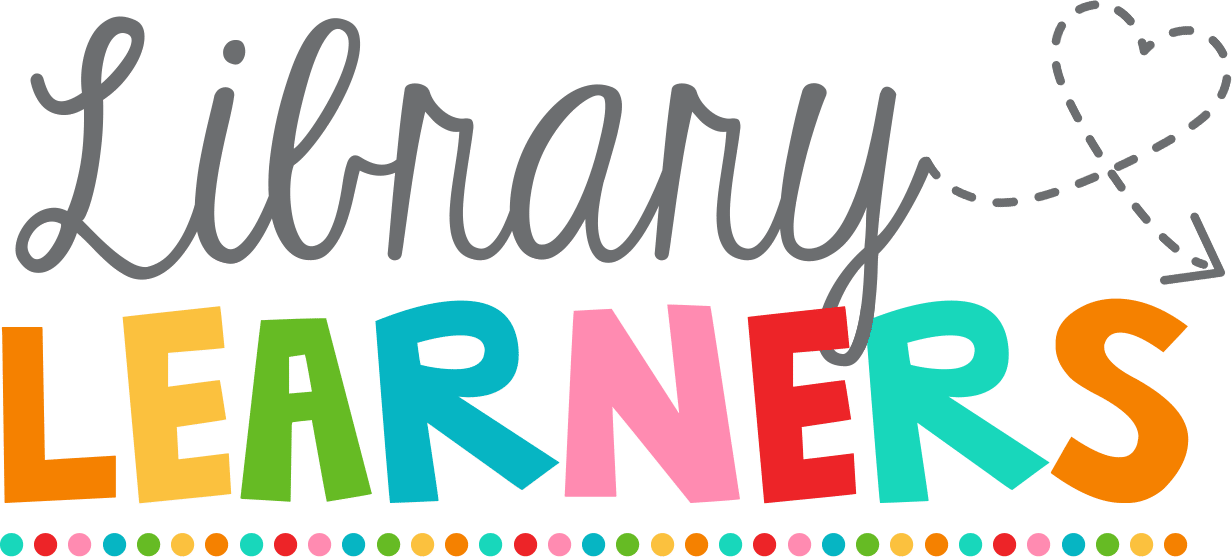
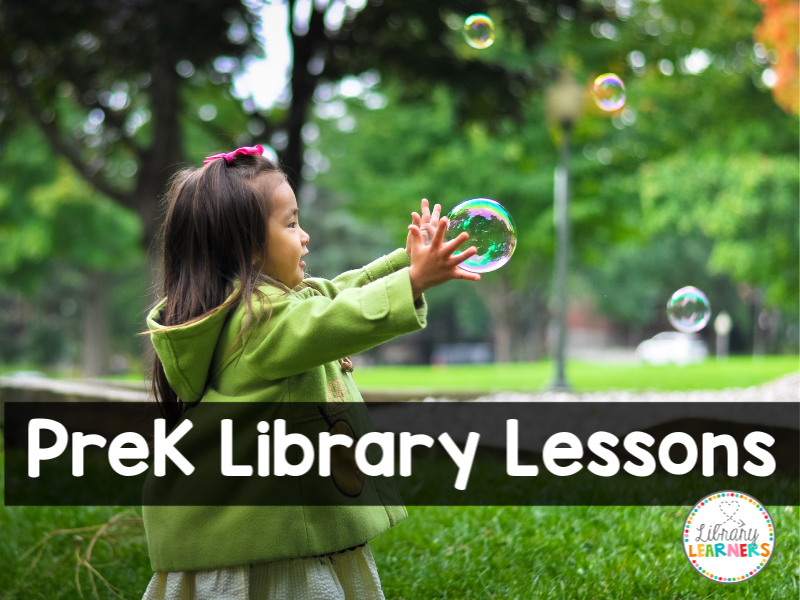

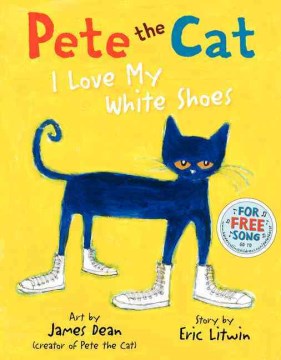
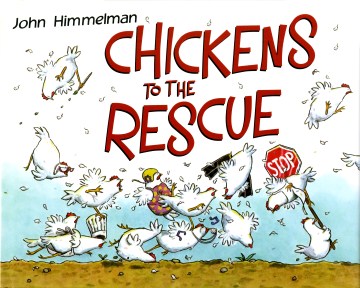
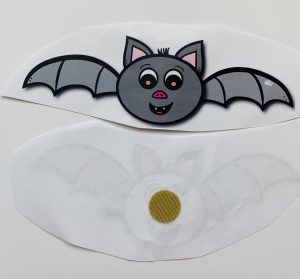



Your site looks amazing! I’m starting a new position with low socioeconomic children. My principals would love to foster reading at homes. All ideas are appreciated.
Thank you! Wish I had read this 6 weeks ago when I was thrown to the wolves! Hahahahaha. Just kidding. I love the pre-K students, but I am definitely still getting the hang of it.